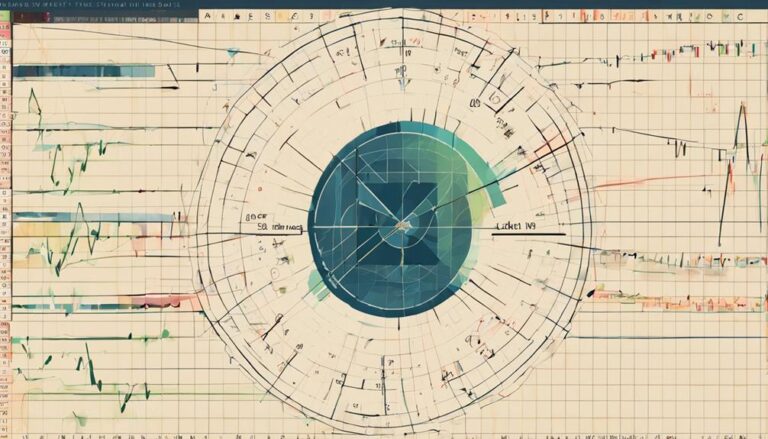A credit spread is an options trading strategy where a trader sells one option and buys another of the same type (calls or puts) with the same expiration date but different strike prices. The goal is to collect a net credit upfront, meaning the trader receives money when entering the trade.
How they Work
- Sell a higher-premium option (closer to the current price).
- Buy a lower-premium option (further from the current price).
- The difference in premiums results in a net credit to the trader’s account.
- The strategy profits if the options expire worthless or within a favorable price range.
Importance of Credit Spreads
- Limited Risk: Unlike naked options, they cap potential losses.
- Defined Profit Potential: The maximum profit is the initial credit received.
- Time Decay Advantage: Since options lose value over time, credit spreads benefit from theta decay.
- Versatility: Can be used in bullish, bearish, or neutral markets.
Examples
Put Credit Spread (Bullish Strategy)
- Also known as a Short Put Spread and Bull Put Spread
- Sell a put option at $70 for $2.00 premium.
- Buy a put option at $65 for $0.50 premium.
- Net Credit: $1.50 per contract (since you receive more for selling than you pay for buying).
Outcome Scenarios
- If the stock stays above $70, both options expire worthless, and you keep the $1.50 credit as profit.
- If the stock falls below $65, the spread reaches its maximum loss of $3.50 per contract.
- If the stock closes between $65 and $70, partial losses or gains occur.
This strategy allows traders to profit from time decay while limiting risk.
Call Credit Spread (Bearish Strategy)
- Also known as a Bear Call Spread
- Sell a lower strike call option at $100 for $3.00 premium.
- Buy a higher strike call option at $105 for $1.00 premium.
- Net Credit: $2.00 per contract (since you receive more for selling than you pay for buying).
Outcome Scenarios
- If the stock stays below $100, both options expire worthless, and you keep the $2.00 credit as profit.
- If the stock rises above $105, the spread reaches its maximum loss of $3.00 per contract.
- If the stock closes between $100 and $105, partial losses or gains occur.
This strategy allows traders to profit from time decay while limiting risk.










